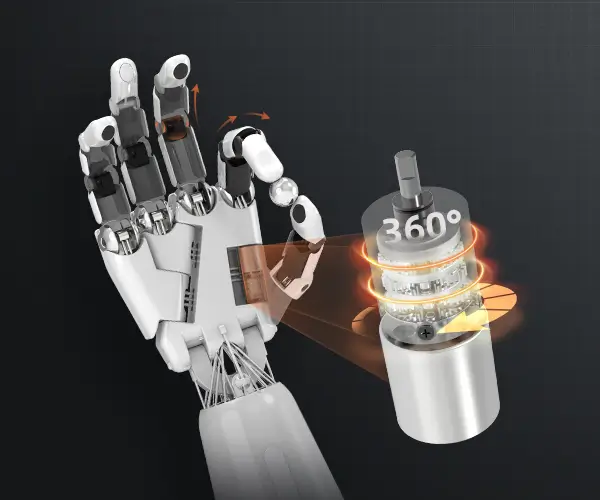Imagine you’re watching a robot in action—lifting boxes, assembling parts, or even doing delicate surgical tasks. Behind all that fluid movement are the joints—the real MVPs. When it comes to designing robots, choosing the right joint isn’t just a technical detail; it’s the secret sauce that determines how smooth, precise, and reliable that robot will be.

Now, there’s a handful of joint types that steal the spotlight in robotics. First up, the rotary joint—think of your everyday hinge on a door—this one pivots around a single axis. It’s simple, efficient, and great for tasks that require a back-and-forth motion. Think of robotic arms waving or sweeping; rotary joints make that dance happen.
Then, you’ve got linear joints. Imagine stretching out and pulling back—like a piston extending or contracting—these are perfect for straight-line movements. They’re the backbone of automation where pushing or pulling actions are key, like in assembly lines or pick-and-place operations.
But what about those joints that aren’t so straightforward? That’s where spherical or ball-and-socket joints come into play. They’re like human shoulders, capable of multi-directional movement. Want a robot arm to reach around an obstacle or rotate in awkward angles? That’s the kind of joint to make it happen. It’s about freedom—more degrees of motion—more options.
Here's a question that often pops up: why can’t all robots just use one type of joint? Well, imagine trying to do a delicate task with just rotary joints—you’d be limited. Or attempting complex rotations with only linear joints—total chaos. Combining different joint types allows a robot to mimic the versatility of a human limb, or even do better in harsh environments.
A good example might be a robotic arm used in automotive assembly. It uses rotary joints at the shoulder and elbow for quick moves, plus a linear joint for precise insertion tasks. That mix helps it work efficiently and adapt to different tasks on the fly.
Some might ask, how do these joints affect maintenance and durability? Simpler joints like rotary or linear tend to be more straightforward to service, with fewer moving parts that wear out quickly. But for intricate angles or heavy-duty work, more complex joints might need extra care but pay off with agility and flexibility.
Choosing the right joint isn’t just about matching a piece to a task. It’s about understanding the puzzle—what kind of motion is needed, the environment the robot faces, and the longevity expected. Smarter design means fewer breakdowns, less downtime, and ultimately, a robot that can keep up with demanding production lines or intricate tasks without breaking a sweat.
So, whether you're eyeing automation in a warehouse or a medical application, the joint types matter. They are the heartbeat of robotic movement—making sure that innovation isn’t just functional, but fluid, reliable, and damn impressive.
Established in 2005, Kpower has been dedicated to a professional compact motion unit manufacturer, headquartered in Dongguan, Guangdong Province, China.




































